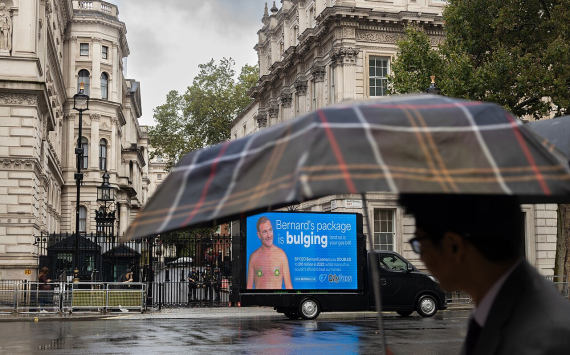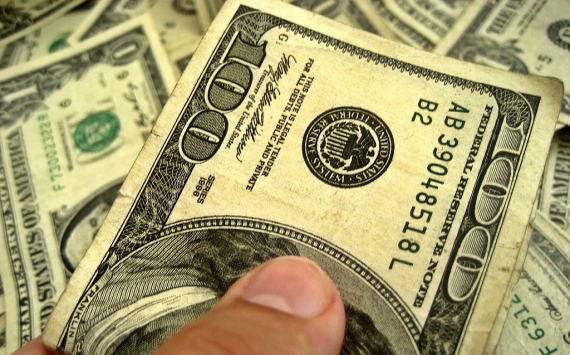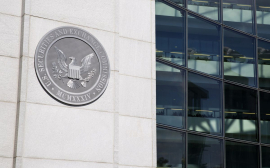
Lyft earnings and forecasts
Lyft shares rose sharply after posting better-than-expected fourth-quarter results, although the number of active users of the taxi service is still down due to the pandemic. At the same time, Lyft reported a sharp rise in revenue per user and said it expects to reach profitability in the third quarter.
Shares in Lyft (LYFT), up 73% in the past six months, rose 10.4% after Tuesday's close amid the release of its fourth-quarter and full-year 2020 report. Although Lyft reported significantly lower passenger numbers for its taxi service than last year, the figures continued to grow at a small pace. Investors welcomed the company's success in saving money, which will further affect its profits when demand for taxi services in the US grows.
Lyft executives said they expect demand to grow in the second half of 2021 and that the company has a chance to achieve profitability in the third quarter.
Meanwhile, Logan Green, co-founder and CEO of Lyft said the company will continue to fund strategic investments. The success of Uber's food delivery business, Uber Eats, has prompted Lyft to create its own similar service, but it is still only developing. The growth of Uber Eats has allowed Uber to make up for losses in its core taxi business.
Lyft is also working on a delivery service.
Lyft Q4 and full year 2020 results
Lyft reported a Q4 loss of $0.58 per share, 51% less than the -$1.19 loss per share in the same quarter last year and three times the figure last quarter, and better than analysts' expectations of a $0.72 loss per share. Lyft's loss (EBITDA before taxes, depreciation and amortization) fell to $150 million versus the $185 million loss expected by analysts.
Lyft's total quarterly revenue fell 44% year-on-year to $570 million, above the forecast of $563 million.
For all of 2020, Uber generated 35% less revenue than in 2019 ($2.4bn vs $3.6bn), with losses rising to $1.8bn compared to a loss of $2.6bn last year.
Lyft also said it plans to cut costs by an additional $35 million and bring in more drivers in the current quarter in anticipation of an economic recovery in the spring.










































